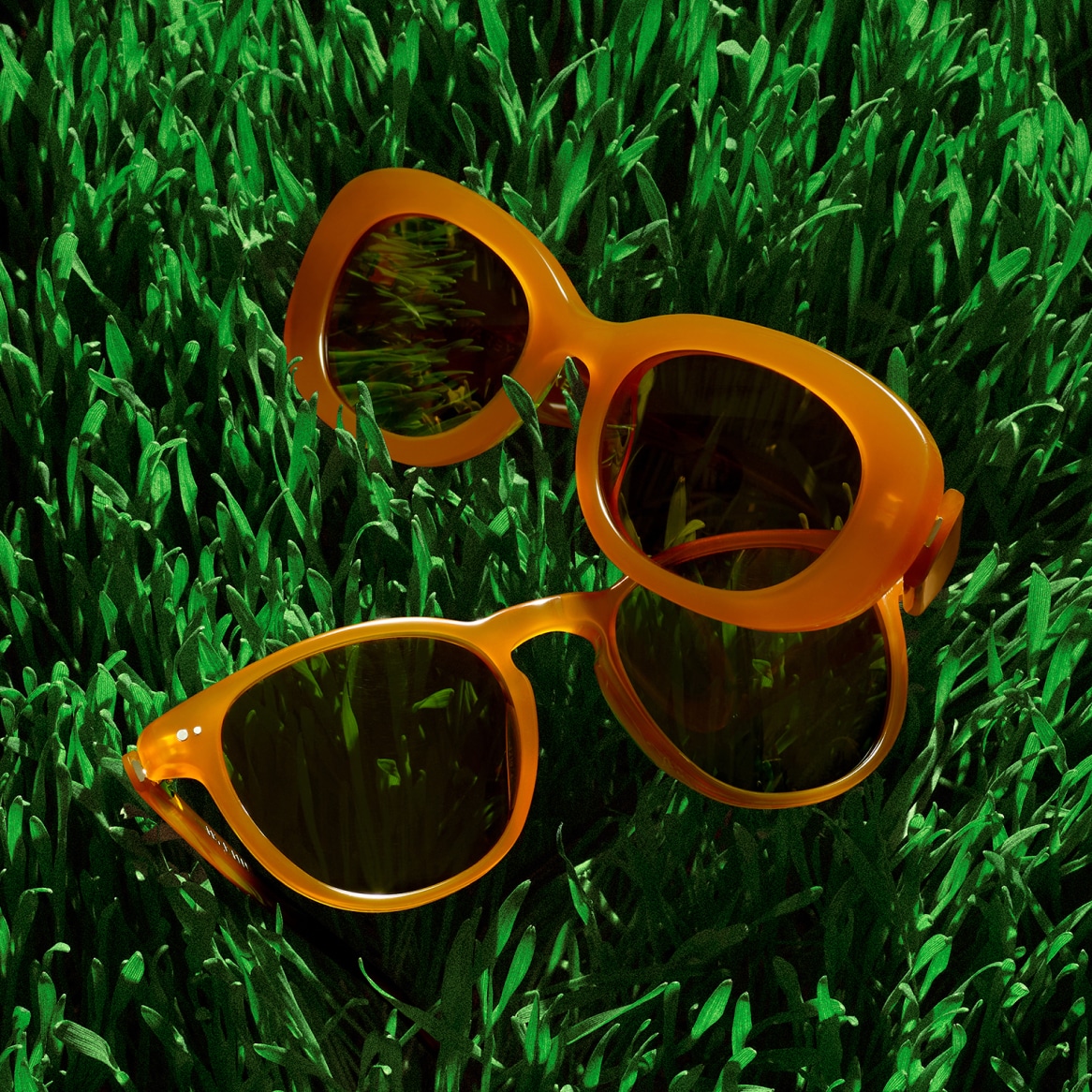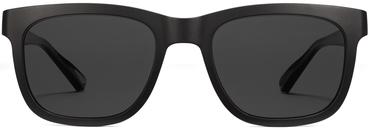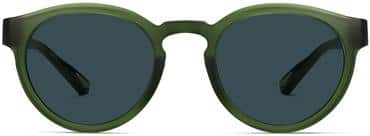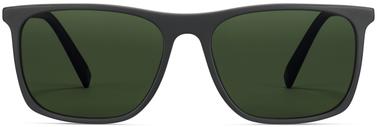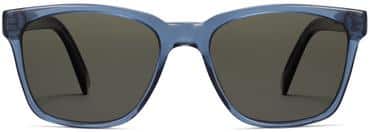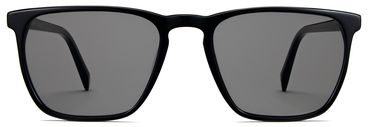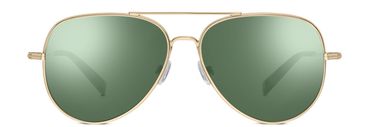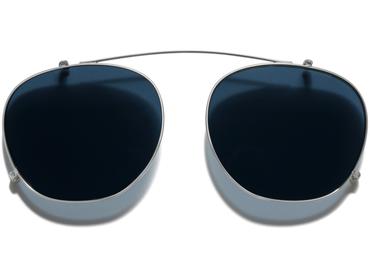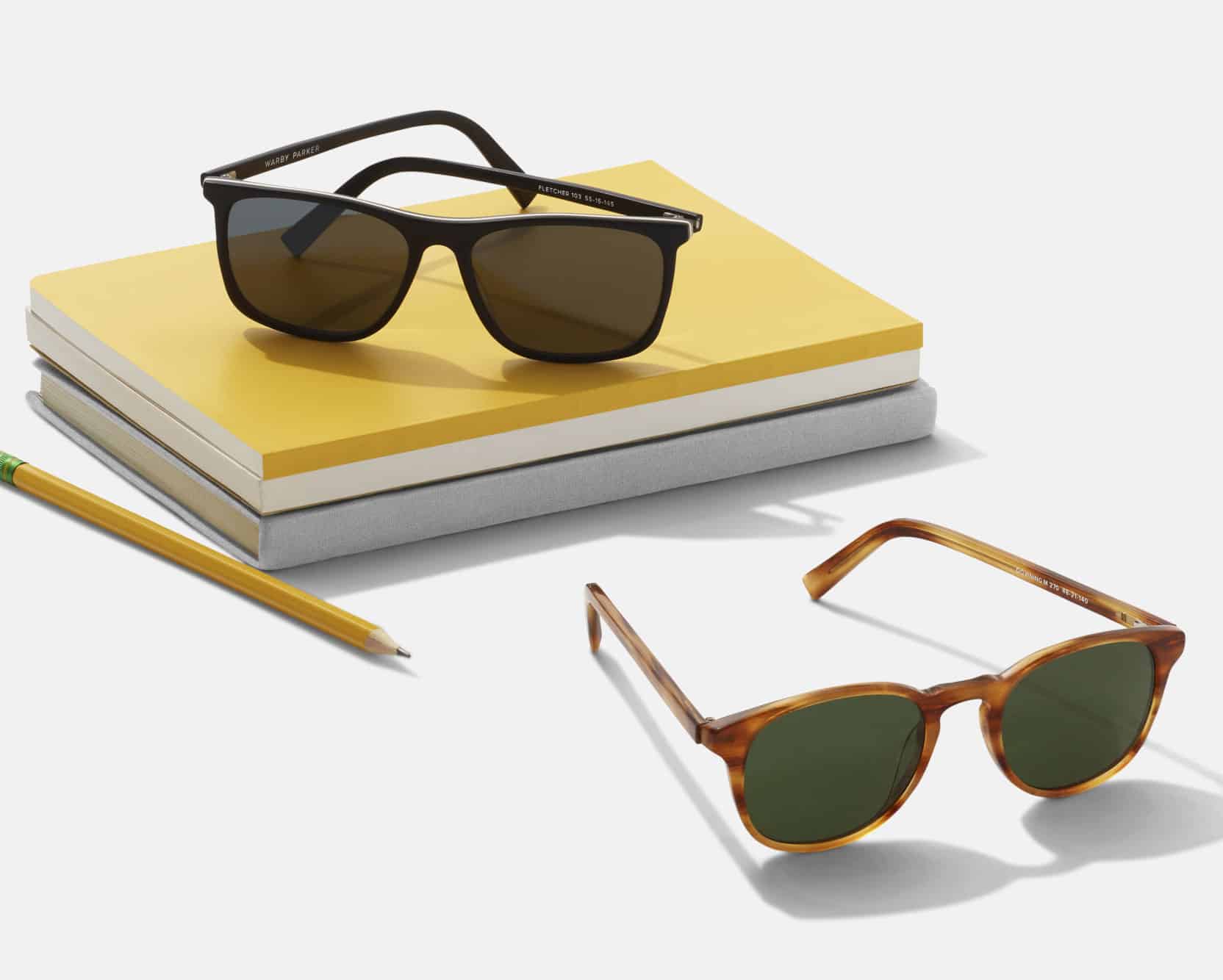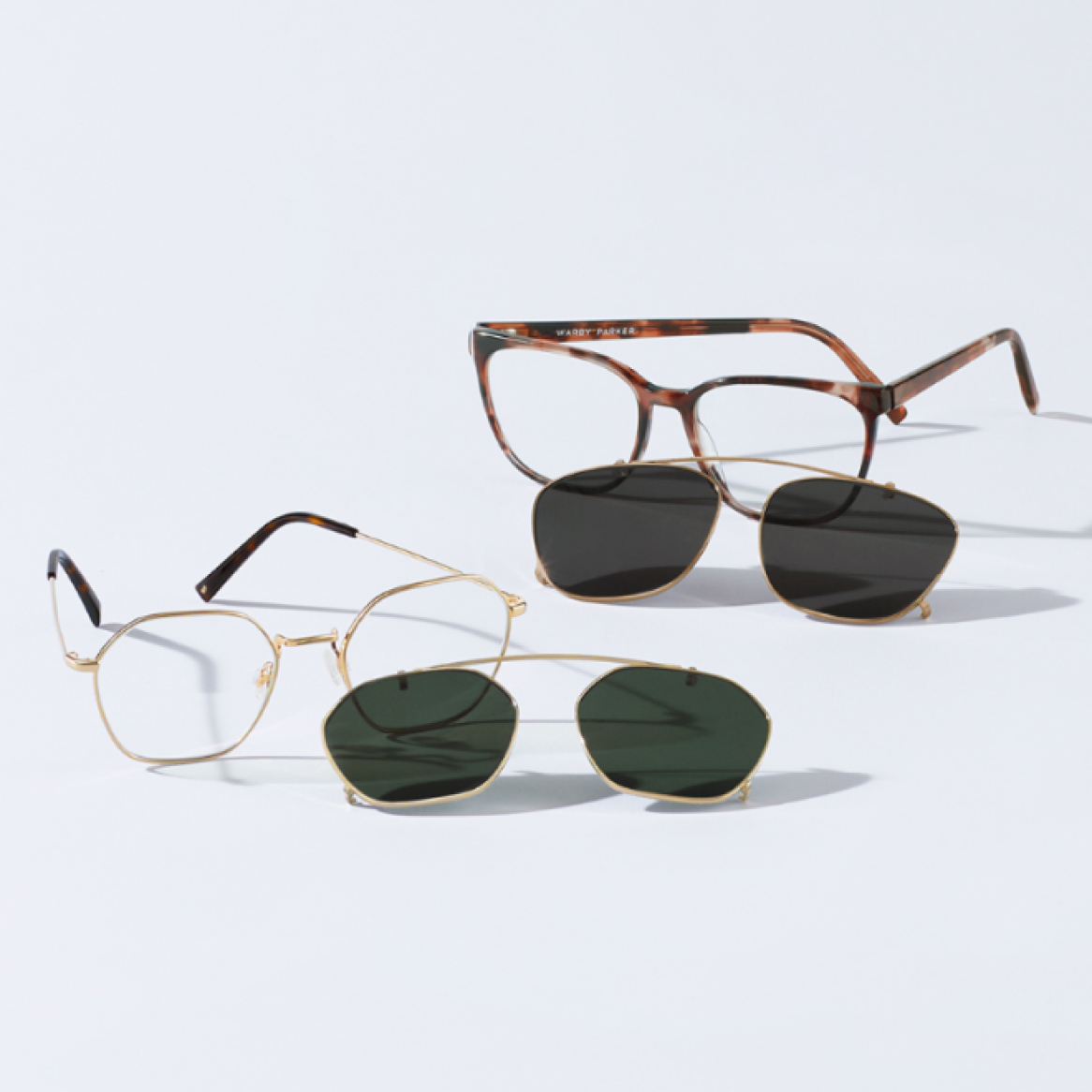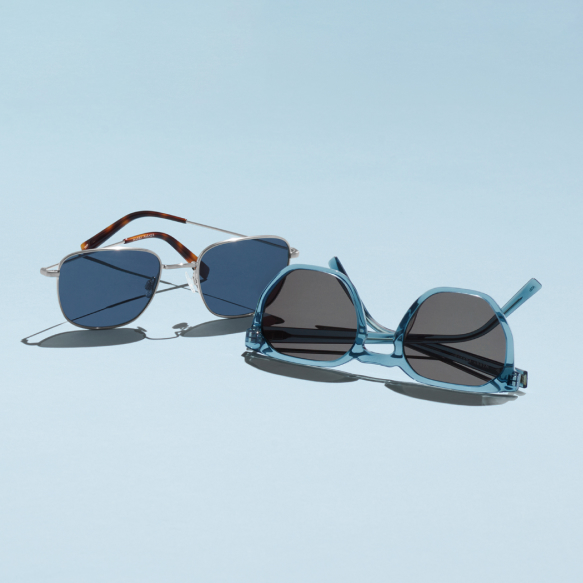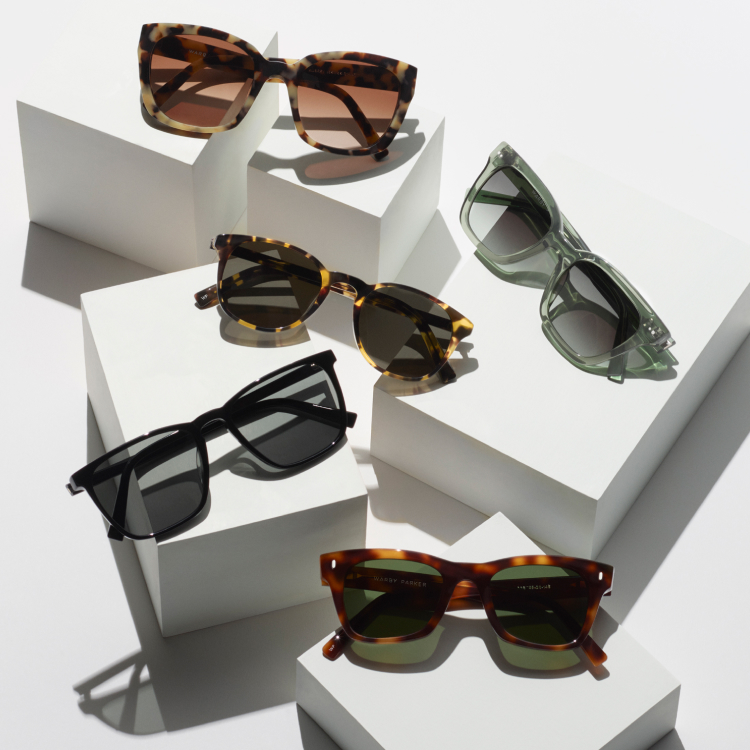Running sunglasses need to do more than shield your eyes from the sun. They also need to be comfortable and stay put on your face, no matter how much you sweat. Likewise, they should withstand impact and scratches. And the best sunglasses for running help make your vision as crisp as can be.
Let’s explore the characteristics of great running sunglasses. We’ll discuss which frames and lenses are ideal for running and which tints are preferable for certain conditions. We’ll also touch on how to find the right fit. Then, you’ll be able to shop for sunglasses you love and get out on the road (or sidewalk, trail, or beach).
Features of the Best Sunglasses for Running
Whether you run recreationally or competitively, the best running sunglasses share a few basic features. These are:
- Protection from the sun: Job one for sunglasses of any kind is to shield your eyes from ultraviolet (UV) sun rays. Too much exposure to the sun can hurt your eyes or the eye area—or even lead to a condition like photokeratitis.
- Protection from debris and damage: Running sunglasses should fend off debris, dust, bugs, and branches. All these can damage your sunglasses—and get in your eyes. Plus, running sunglasses should be able to emerge from a fall unscathed. That means they should be impact-resistant (shatterproof) and made to last.
- Glare reduction: For runners, sunglasses should cut down on glare, which can seriously (and dangerously) hamper vision. Reducing glare can also decrease visual distractions.
- Perfect fit: Without exception, sunglasses for running must fit like a glove—neither too loose nor too tight. Sunglasses can put a damper on an otherwise pleasant run if they shift with each step, slide down your nose, or cause facial pain.
- Lightweight: Running sunglasses shouldn’t weigh you down. Frames and lenses made from light materials are the way to go.
- Crisp vision: The best running sunglasses have extra features, like polarization, that enhance clarity. (An up-to-date prescription is a must.)
- Appearance you like: Your ideal running sunglasses are probably a style you like on yourself, be it sporty, bookish, or artsy.
Frames for Running Sunglasses
The frames you choose play a huge part in the comfort, fit, durability, and look of your running sunglasses. Here are some frame material and style options that can work well for both short jaunts and miles-long hauls.
Frame Materials
It isn’t too hard to imagine preferring flexible, comfortable, light, durable sunglasses frames over stiff, uncomfortable, heavy, and flimsy ones. So, what materials combine all those positive qualities? Well, several do.
Let’s break down the pros and cons of some frame materials that running sunglasses commonly feature.
Acetate and nylon: Acetate sunglasses are known for the range of color combinations and styles available. As it turns out, acetate is also a tough, flexible, lightweight material that’s excellent for running sunglasses. Nylon, another sturdy, supple material, is a popular choice for running sunglasses.
Shape and Style
Like cycling sunglasses, the best running sunglasses maximize your field of vision. This way, you’re less likely to miss something hazardous in your peripheral vision. An unseen bike rider, animal, or car could injure you if you don’t react quickly. A larger lens area makes you more likely to see a person or object.
Keep in mind, though, that if you prefer a different sunglasses frame shape than the ones we suggest, that’s OK! It’s perfectly fine to wear the frames you feel good in and have a look you like.
Running sunglasses can take the form of several common shapes that might be worth considering.
Rectangle
Rectangular sunglasses stretch the lens area horizontally, great for extending peripheral vision to the right and left.
Clip-on
Clip-on lenses (sometimes called interchangeable lenses) are sunglasses lenses that fit onto your glasses, letting you change your glasses to sunglasses and back again in a flash.
Clip-ons can be a handy option for running in variable sunlight—there’s no need to swap eyewear while you run.
Know Your Nose Pads
Nose pads are those oval- or kidney-shaped pieces of plastic that attach to the bridge or inner rims of your frames. They assist in distributing the weight of your glasses or sunglasses on your face. Nose pads, particularly adjustable ones, can also fine-tune how your running sunglasses fit and stay in place.
Just about any sunglasses frame can have nose pads, though plenty of frames don’t have—or need—any. Sometimes, they’re even built right into the frame—a feature prevalent in acetate frames.
Lenses for Running Sunglasses
Now we get to the part about which lenses work best for running sunglasses. First, sunglasses of any type need to block 100% of UVA and UVB sun rays.
Sunglasses for running should be light, impact-resistant, and—above all—help you see as clearly as possible. You’ll want to think about several factors when selecting your sunglasses lenses: material, coatings, color, and whether photochromic lenses might be the lenses for you. Let’s delve a bit further into these.
Lens Material
Like good sunglasses frames, good sunglasses lenses tend to provide comfort and durability. Hands down, polycarbonate is the preferred lens material for running sunglasses. Polycarbonate lenses are impact-resistant (shatterproof)—essential in case you fall, drop your sunglasses, or get hit with a flying projectile. Polycarbonate lenses are also thin and light (more comfortable than heavier lenses) and are usually a more economical option.
But polycarbonate isn’t the only possible lens material for running sunglasses. High-index lenses are also lightweight and slim. That said, polycarbonate lenses have the edge in durability. Plus, high-index lenses often cost more.
One material to steer clear of is glass lenses, which are heavier than plastic (polycarbonate and high-index) lenses. Even more important to be aware of is that glass lenses can shatter. And shards of glass near your eye could cause pain or injury—and are just plain dangerous.
Lens Coatings
Lens coatings can add a lot to your sunglasses’ performance (and, in turn, your performance). Some coatings can decrease glare, clarify your vision, keep dirt at bay, and resist scratching. (Additionally, our anti-fog lens spray helps clear up foggy lenses when you’re running.)
These coatings include:
Polarization: Polarized running sunglasses are something of a gold standard. This lens coating reduces potentially vision-hindering glare. Polarized lenses also amp up contrast and color vibrancy—both of which can sharpen your eyesight.
Scratch-resistant coating: Tree branches, sand, and little pebbles are just a few of the debris and environmental hazards that could scratch—and ruin—your lenses. A scratch-resistant coating on your running sunglasses helps keep those little scratches from impeding your sight. (Note: All Warby Parker sunglasses and glasses come standard with 100% UVA and UVB, scratch-resistant lenses. Polarized prescription sunglasses are also standard. Many non-prescription sunglasses also feature polarization.)
Lens Tints
Lens tints, another type of coating, in running sunglasses can improve your vision in certain conditions. Popular tints for running sunglasses include:
- Brown: Brown is a versatile tint for running sunglasses. They increase depth perception and contrast and darken the way ahead—good for bright days. Shades of green can appear more vivid through brown lenses—upping the contrast between plants and their surroundings (excellent for sunny trail running).
- Grey: If you don’t want colors to appear any differently while you’re wearing runners’ sunglasses, grey lenses may be a good choice. Grey protects your eyes from the sun without altering colors. But increasing depth perception isn’t their forte. So, save the grey shades for sunny days.
- Pink and red: When it’s cloudy out, pink and red lens tints can add brightness and increase depth perception. But if you don’t want your lenses altering the colors you see, pink and red lenses probably aren’t for you.
- Yellow: Yellow lenses sharpen your vision in low light, so they’re a solid choice for foggy conditions (which are especially common early in the morning). These lenses are best for days that aren’t extremely sunny.
Flash Mirror Coating
Lenses treated with a flash mirror coating are reflective—onlookers can see themselves in the lenses. Besides lending a dramatic look to sunglasses, a flash mirror coating has the practical use of reflecting away some of the sunlight and glare you encounter while running.
Photochromic (Light-Responsive) Lenses
Some runners are partial to photochromic lenses, which darken from clear glasses to sunglasses when exposed to enough sunlight. For those who wear glasses and run in variable conditions, photochromic lenses can eliminate the hassle of carrying extra eyewear (or clips) or being relegated to one type of eyewear.
How Should My Running Sunglasses Fit?
Sunglasses for running need to fit well—really well. Not only does the proper fit keep your sunglasses from moving around on your face or causing you pain, but it helps you see better. How? Your lenses need to be centered over your eyes. So, the size of your sunglasses should be a significant consideration.
The size of eyewear also comes with multiple variables. For example, you may need low bridge fit sunglasses or a certain frame width. Also, the pupillary distance (the space from the pupil of one eye to the pupil of the other eye) needs to be just right.
Probably the easiest way to secure the best fit is to look at the frame measurements on a pair of your current glasses or sunglasses—if they’re a good fit. For more direction on your optimal size for running sunglasses, ask your eye doctor or optician, or follow the guidelines in this video:
Will Vision Insurance Pay for Running Sunglasses?
Many vision insurance plans will cover or partially cover prescription sunglasses for running. Some plans may even help pay for non-prescription ones. The best way to know for sure is to contact your insurance carrier or plan administrator.
Start With Your Best Eyesight
If you want your running sunglasses to do their best job, start by having an eye care professional check your vision.
Book an appointment if you haven’t been in for a comprehensive eye exam in a while. The eye doctor will test your eyesight and look for signs of underlying conditions. If you see fine through the prescription eyewear you’re using now, you can take our Virtual Vision Test.

